




Cholon (« grand marché » en vietnamien) est situé au sud-ouest du centre ville de Hô Chi Minh-Ville, à cheval sur les districts (quan) 5 et 6, et correspond au quartier chinois de la ville. Avec ses enseignes en idéogrammes chinois et des masses...
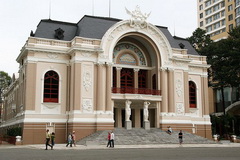
L'Opéra de Saïgon (en vietnamien Nhà hát lớn Thành phố Hồ Chí Minh) est un bâtiment du 1er arrondissement d'Hô-Chi-Minh-Ville. Inspiré de l'architecture de l'Opéra Garnier de Paris, il a été...
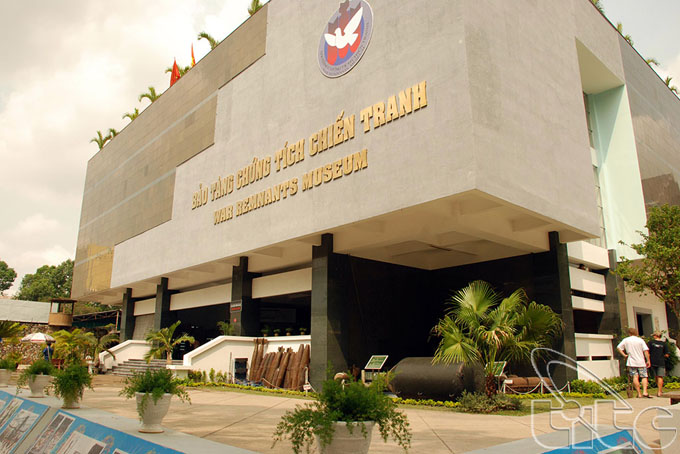
Situé au 28, rue Vo Van Tân, dans le 3e arrondissement, ce musée a été créé en septembre 1975. Dans un premier temps, il était la Maison d’exposition des crimes de guerre et de résistance contre les Américains. Ce...
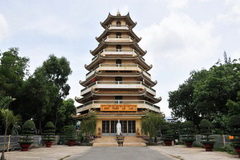
Giac Lam is one of the oldest pagodas in Ho Chi Minh City. Originally, it was built by Ly Thuy Long – a native Minh Huong, in 1744, as a gathering place during Lunar New Year. The new-built temple was like a scenic lookout overlooking Gia Dinh Market while the area was still undeveloped and...

Location and history Dai Nam Park is considered as Vietnam’s top man-made tourism spot, which boasts a mix of modern and traditional architectures. An entertainment complex in Binh Duong, on National Highway No. 13, the park was officially brought into use in late 2008. It’s about...

Situated at 339 Nam Ky Khoi Nghia Street, District 3 (just near Cong Ly Bridge), this biggest Mahāyāna Buddhist pagoda in Ho Chi Minh City, is rather a young pagoda. In 1964, when monks Thich Tam Giac and Thich Thanh Kiem from the North came there to spread Buddhism, Vinh Nghiem Pagoda...

Située dans l’arrondissement de Thu Duc sur une superficie de 20 ha, Suôi Tiên est l'une des zones de loisirs les plus populaires pour les habitants de Hô Chi Minh-Ville. Cet endroit a été construit en s'inspirant des animaux sacrés des...
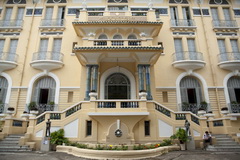
Le musée des Beaux-Arts (Bao Tang My Thuat) se donne à voir dans une belle demeure particulière au n° 97 de la rue Pho Duc Chinh, au sud du centre ville. Il s'agit en effet d'un édifice Art Déco, orienté selon les règles du Feng Shui,...
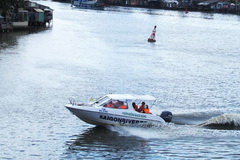
Saigon River Express provides you with many different tours visiting different areas in Southern Vietnam. The transportation is usually water taxi and ferry. There are two popular tours at Saigon River Express: Cu Chi Tunnel Tour andMekong Delta Tour. On Cu Chi Tunnel Tour, you will get...
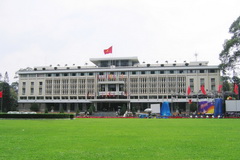
Auparavant, ce bâtiment était le Palais Norodom, construit en 1873. En 1954, le président du régime fantoche Ngô Dinh Diêm l’a choisi pour y installer son palais présidentiel. Fin 1962, il a été reconstruit et nommé Palais...

Soyez le premier à connaître nos offres de voyage exclusives et les nouveaux circuits !.